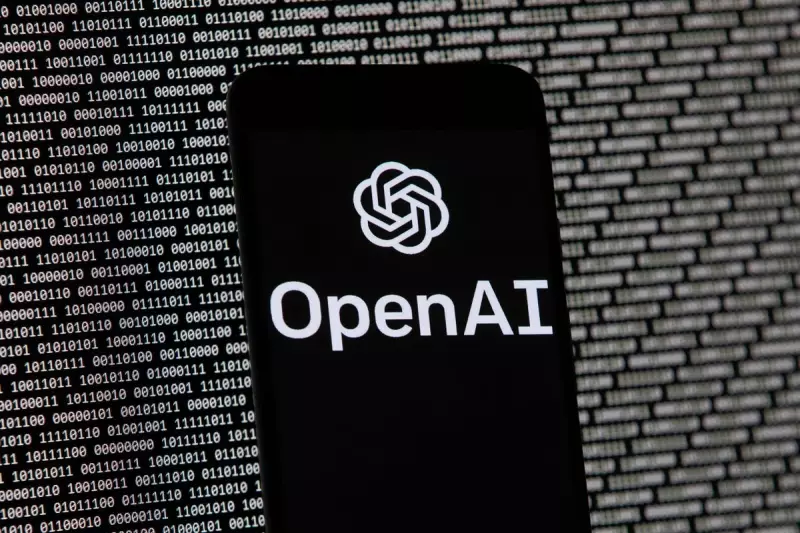
In a landmark move that could redefine the artificial intelligence landscape, OpenAI is joining forces with chip giant NVIDIA and cloud powerhouse Oracle to construct what industry insiders are calling the most ambitious AI supercomputer project to date.
The $51 Billion Silicon Valley Powerhouse
The collaboration, valued at a staggering $51 billion, represents one of California's most significant technology infrastructure investments in recent memory. According to exclusive reports, this tripartite alliance will see Oracle providing the essential cloud infrastructure while NVIDIA supplies the critical hardware needed to power OpenAI's next-generation AI systems.
OpenAI CEO Sam Altman confirmed the partnership, revealing plans to create an AI supercomputer dubbed "Stargate" that promises to push the boundaries of computational capability. The project forms part of a broader multi-phase strategy to dramatically expand OpenAI's processing power over the coming years.
NVIDIA's Pivotal Role in the AI Revolution
NVIDIA's involvement underscores its dominant position in the AI chip market. The company's graphics processing units (GPUs) have become the gold standard for training complex AI models like ChatGPT. NVIDIA CEO Jensen Huang has repeatedly emphasised that accelerated computing and generative AI represent transformative technologies that will reshape entire industries.
The timing couldn't be more crucial for OpenAI, which has faced increasing competition in the generative AI space from tech heavyweights including Google, Microsoft, and Amazon. This massive infrastructure investment signals OpenAI's determination to maintain its leadership position in the rapidly evolving AI ecosystem.
What This Means for AI Development
The implications of this partnership extend far beyond corporate boardrooms:
- Exponential computing power: The supercomputer will provide unprecedented processing capabilities for training increasingly sophisticated AI models
- Faster innovation cycles: Reduced training times could accelerate the development of new AI applications and services
- Industry transformation: More powerful AI systems could revolutionise sectors from healthcare to finance to creative industries
- Global AI race: This investment reinforces the United States' position in the international competition for AI supremacy
While financial details remain closely guarded, industry analysts suggest the $51 billion figure encompasses not just hardware but also extensive operational costs, including the substantial energy requirements of running such powerful computational systems.
As the AI revolution continues to accelerate, this unprecedented collaboration between three tech titans may well determine the future trajectory of artificial intelligence development worldwide.





